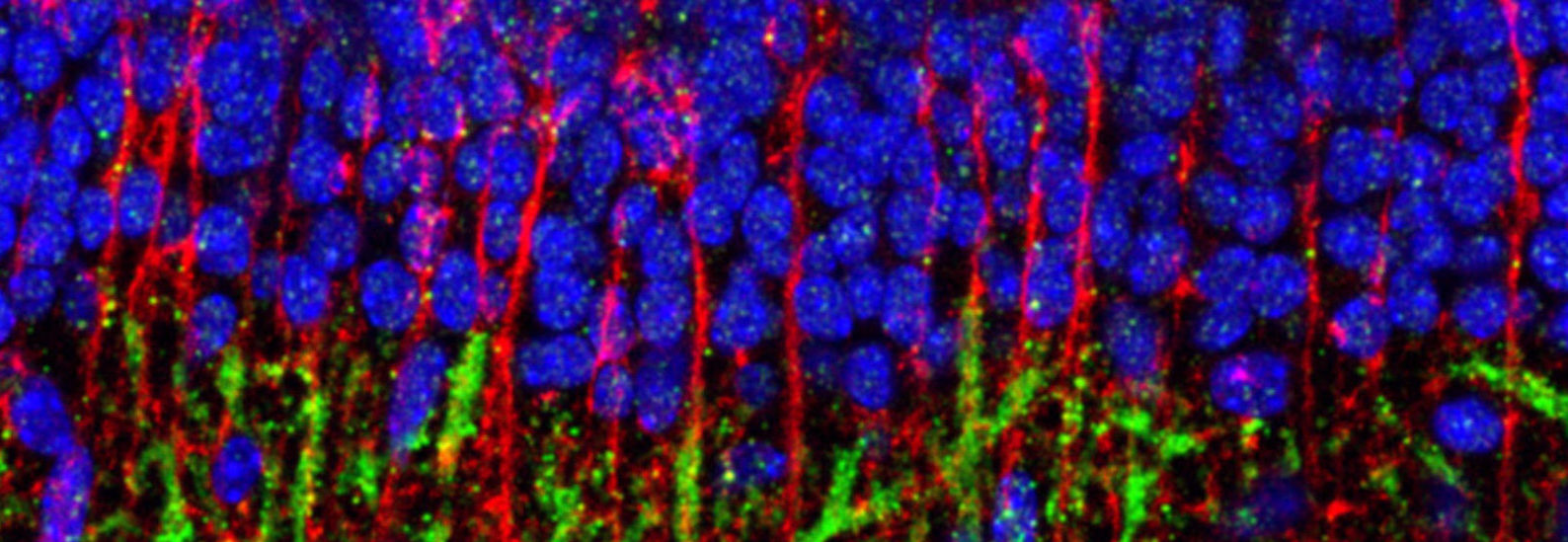The Chiang laboratory is interested in the signaling mechanisms that control brain function and disease. The brain consists of inhibitory or excitatory neurons that express neurotransmitter GABA or glutamate, respectively. We are interested in how these neurochemically distinct neurons are generated and how they contribute to the processing of sensory stimuli into unconscious motor behaviors. We use cerebellum as a system because it is required for associative sensory-motor learning. We use cutting-edge techniques and multidisciplinary approaches that include the utilization of mouse models, live cell imaging, behavioral neuroscience, and gene expression profiling, combined with the state-of-the-art in vivo gene delivery and manipulation.


